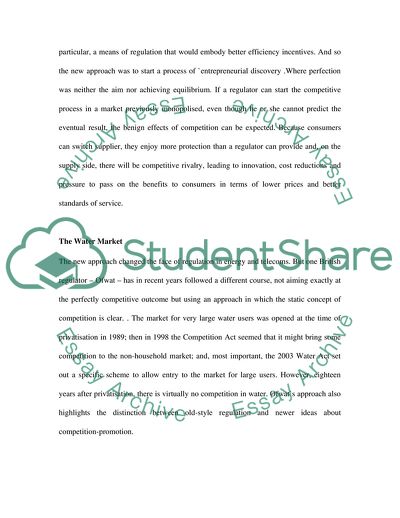Cite this document
(Provisions for Gas, Electricity, and Water Markets Report, n.d.)
Provisions for Gas, Electricity, and Water Markets Report. https://studentshare.org/marketing/1712400-gas-electricity-and-water
Provisions for Gas, Electricity, and Water Markets Report. https://studentshare.org/marketing/1712400-gas-electricity-and-water
(Provisions for Gas, Electricity, and Water Markets Report)
Provisions for Gas, Electricity, and Water Markets Report. https://studentshare.org/marketing/1712400-gas-electricity-and-water.
Provisions for Gas, Electricity, and Water Markets Report. https://studentshare.org/marketing/1712400-gas-electricity-and-water.
“Provisions for Gas, Electricity, and Water Markets Report”. https://studentshare.org/marketing/1712400-gas-electricity-and-water.


